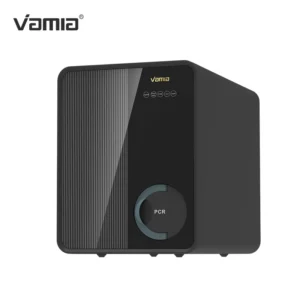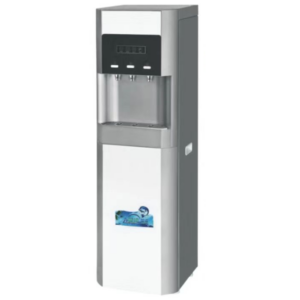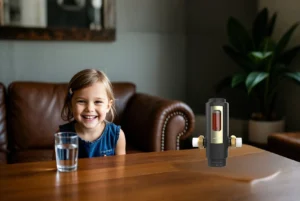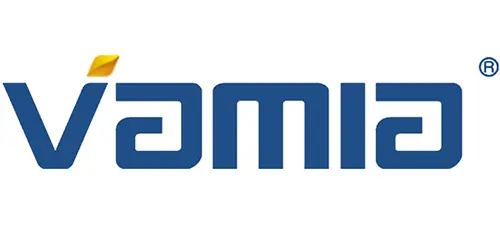Water Purifier Filter Material Comparison: Which Is More Reliable?
Water purifier filters use various materials, each with distinct strengths in removing contaminants. Understanding these differences helps
determine which performs best for specific water quality needs.
determine which performs best for specific water quality needs.
Activated carbon, derived from coconut shells, coal, or wood, excels at (adsorbing) chlorine, volatile organic compounds (VOCs), and odors.
Its porous structure creates a large surface area for trapping chemicals, making it ideal for improving taste and removing common municipal water
additives. Coconut shell carbon is often preferred for its superior adsorption capacity and sustainability.

Its porous structure creates a large surface area for trapping chemicals, making it ideal for improving taste and removing common municipal water
additives. Coconut shell carbon is often preferred for its superior adsorption capacity and sustainability.

Reverse osmosis membranes, typically thin-film composites, act as physical barriers, removing up to 99% of dissolved solids, including heavy metals,
fluoride, and nitrates. These synthetic materials with microscopic pores require pressure to push water through, making them highly effective but more
complex than carbon filters. They work best in areas with multiple dissolved contaminants.

fluoride, and nitrates. These synthetic materials with microscopic pores require pressure to push water through, making them highly effective but more
complex than carbon filters. They work best in areas with multiple dissolved contaminants.

Ceramic filters, made from clay or diatomaceous earth, filter sediment, bacteria, and protozoa through their porous structure. They’re durable and cleanable,
lasting longer than disposable filters, but don’t remove dissolved chemicals or heavy metals, limiting their use to basic filtration needs.
lasting longer than disposable filters, but don’t remove dissolved chemicals or heavy metals, limiting their use to basic filtration needs.
Ion exchange resins, usually polystyrene beads, target minerals in hard water by swapping calcium and magnesium ions with sodium or potassium. This
material is essential for water softening but doesn’t address other contaminants, often paired with other filters for comprehensive treatment.
Water Purifier Factory, Water Purifier For Home, Water Purifier Machine,Water Purifier, Water Filter Purifier System
material is essential for water softening but doesn’t address other contaminants, often paired with other filters for comprehensive treatment.
Water Purifier Factory, Water Purifier For Home, Water Purifier Machine,Water Purifier, Water Filter Purifier System
Ultrafiltration membranes, made from polymers, remove bacteria, viruses, and larger particles while allowing beneficial minerals to pass. They operate
without pressure, using gravity or low pumps, making them energy-efficient for microbial protection without demineralizing water.
without pressure, using gravity or low pumps, making them energy-efficient for microbial protection without demineralizing water.
No single material handles all contaminants. Reliability depends on matching material to contaminants: carbon for chemicals, reverse osmosis for
dissolved solids, ceramic for sediment, etc. Multi-material systems combining these often provide the most reliable, comprehensive filtration for diverse water quality issues.
dissolved solids, ceramic for sediment, etc. Multi-material systems combining these often provide the most reliable, comprehensive filtration for diverse water quality issues.
Water Purifier Filter Material Comparison: Which Is More Reliable?

